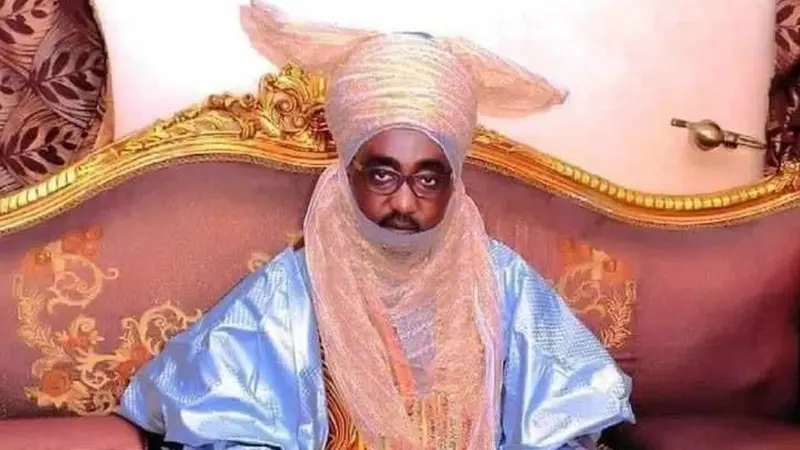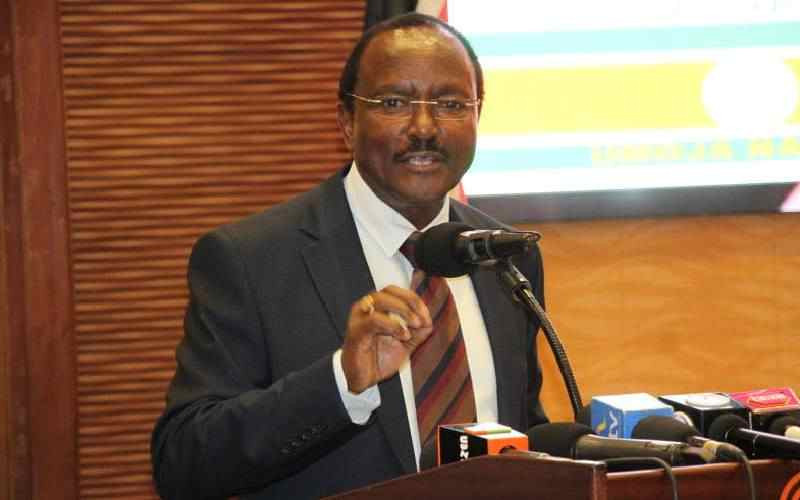American, Delta, Qatar, Air India, Lufthansa, British Airways, Airbus, Boeing Set to Join at Paris Air Show 2025 from Today, New Update You Need To Know - Travel And Tour World
Monday, June 16, 2025

The stage is set. American, Delta, Qatar, Air India, Lufthansa, British Airways, Airbus, and Boeing are all gearing up to join at the Paris Air Show 2025 from today. But this isn’t just another air show—this year, every arrival feels electric. Every appearance carries weight. And yes, a new update you need to know just changed everything.
Excitement and tension are building in equal measure. As aerospace giants like Airbus and Boeing prepare to unveil game-changing innovations, airlines such as American, Delta, Qatar, Air India, Lufthansa, and British Airways will be watching closely—and making big moves of their own.
However, recent events have cast a dramatic shadow. A deadly crash. Grounded aircraft. Delayed certifications. And now, the aviation world is holding its breath.
What will Boeing reveal amid global scrutiny? Will Airbus steal the spotlight with next-gen announcements? Could Air India speak publicly after tragedy? Will Qatar expand its record-breaking order?
Tomorrow, answers will begin to surface—but questions are multiplying by the hour. This isn’t just an industry event. It’s the most anticipated—and emotionally charged—aviation gathering of the year. And you’re about to witness it unfold.
Just as Boeing prepared to mark its comeback at the prestigious , a devastating air disaster shattered its narrative. A fatal crash involving an en route from Ahmedabad to London on claimed 241 lives, leaving only one survivor. It was the first deadly crash of the Dreamliner series and has cast a somber cloud over the world’s biggest aerospace event.
Boeing arrived in Paris hoping to showcase recovery. But now, its story is one of grief, scrutiny, and renewed doubt. Executives backed out. Events were scaled down. And attention quickly shifted from order books to aviation safety.
The , running from at Le Bourget, was expected to be Boeing’s bold return after years of production challenges and safety controversies. Orders were soaring, investor interest was high, and the company looked ready to move beyond its troubled past.
Then, tragedy struck. In the aftermath of the crash, Boeing’s leadership—including CEO —withdrew from public appearances. Major partners, such as , also postponed investor events. The entire tone of the show transformed overnight—from energetic optimism to cautious reflection.
The emotional weight of 241 lives lost cannot be ignored. It echoes loudly through every conversation, overshadowing new aircraft reveals and strategic partnerships.
India’s launched an inquiry immediately after the crash, with support from American and British aviation authorities. Boeing and , which powers the Dreamliner engines, are cooperating fully. While the root cause remains undetermined, preliminary attention is on potential engine or system failure.
The flight’s black boxes have been recovered. Investigators are now working around the clock to piece together what went wrong. Meanwhile, Air India has grounded the remaining aircraft in its 787 fleet for safety inspections. Other carriers are closely monitoring developments, reevaluating internal protocols, and tightening inspection cycles.
The crash could take months to fully investigate. But for Boeing, the fallout is instant and intense.
Until the crash, Boeing was regaining ground. The company had secured major wins, including a for 120 Dreamliners and 30 777-9s. Additional deals from and signaled renewed trust in Boeing’s product line.
Analysts viewed these deals as a sign of momentum. Even skeptics were beginning to see a path forward under new leadership. But now, that path is littered with uncertainty.
Boeing’s credibility has always been tightly bound to its safety record. One more disaster—no matter how isolated—triggers memories of the 737 Max tragedies and the years of fallout that followed. Public perception shifts fast, and trust takes years to rebuild.
Even before the Air India tragedy, Boeing was facing serious operational headwinds. The , , and remain stuck in certification limbo. The has limited 737 Max production to just 38 units per month due to quality control lapses, including the 2024 incident.
To ease its supply chain strain, Boeing is moving to acquire , its key fuselage supplier. But complications abound. Spirit also manufactures components for Airbus and Bombardier, and dividing assets could become messy.
Production challenges, certification delays, and leadership distractions all converge at a time when Boeing needed consistency most. The crash only makes that mission harder.
The reflects a changing world. This year, nearly , responding to rising geopolitical instability. From missile systems to military drones, defense innovations are everywhere.
In contrast, commercial aviation feels subdued. The glamour of new aircraft is tempered by caution. Airlines are holding back announcements. Lessors are waiting. Even travelers are watching from afar, wondering what this means for the future of flying.
For the tourism industry, this shift matters. Delays in aircraft certification and production will ripple into , , and fewer routes to new markets. Every disruption at the manufacturer level eventually impacts the passenger experience.
This moment may redefine the future of aviation. Travelers are more safety-conscious than ever. Airlines are tightening risk protocols. Governments are reviewing airworthiness regulations. And Boeing, once again, must prove that safety is its top priority—not just profitability.
The Air India crash is more than an isolated incident. It’s a reminder of the high stakes of global aviation. Every bolt, every software update, every leadership decision matters. And when it goes wrong, the impact is devastating.
For now, airlines, regulators, and travelers await the final crash report. But damage to trust has already begun. Whether Boeing can turn crisis into course correction remains the biggest question.
The 2025 Paris Air Show was supposed to be a celebration of innovation and resilience. Instead, it has become a mirror reflecting the challenges that still plague one of aviation’s most storied giants.
Boeing’s future isn’t written in press releases or billion-dollar contracts. It will be shaped by how it responds to loss, improves safety, and communicates honestly with the world.
The travel industry stands at a delicate intersection—hope for technological progress on one side, fear of repeated tragedy on the other. How Boeing moves forward from this week will influence not just planes, but people, policy, and passenger confidence across the globe.
Tags: Air India Flight 787-8, Airbus vs Boeing, Aircraft Manufacturing, Aircraft Orders 2025, airline safety, airline strategy, Aviation Industry Crisis, Boeing 787 crash, Boeing Recovery, faa certification, GE Aerospace, global travel safety, India Aviation, Le Bourget, Paris Air Show 2025, Qatar Airways Boeing Deal, spirit aerosystems, travel industry trends, travel news 2025









